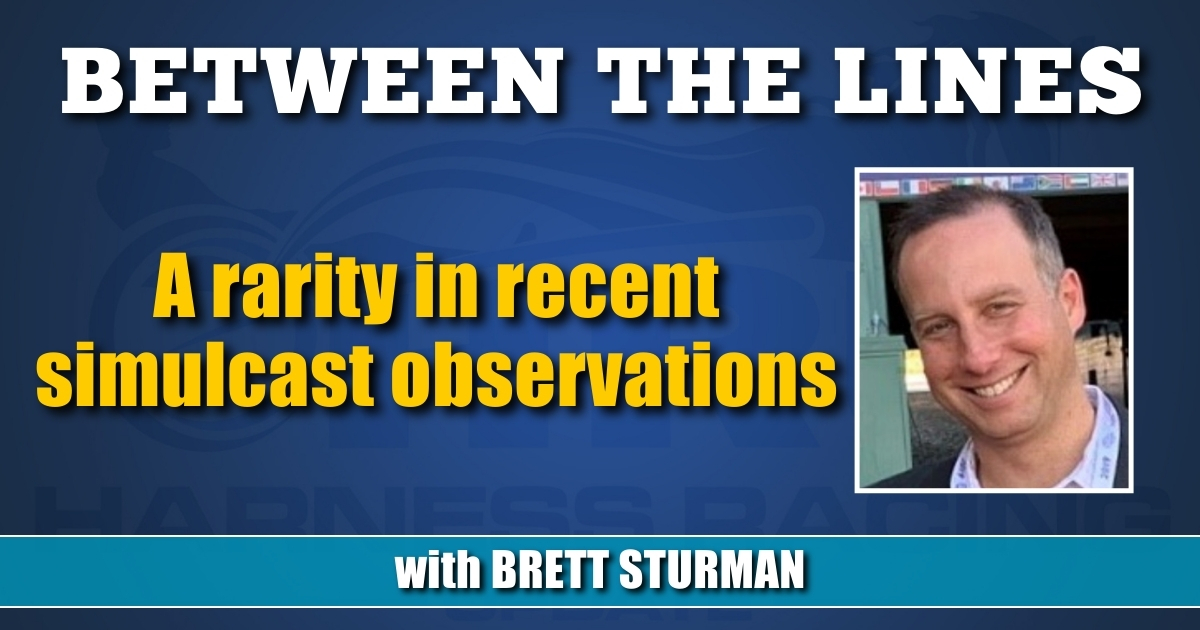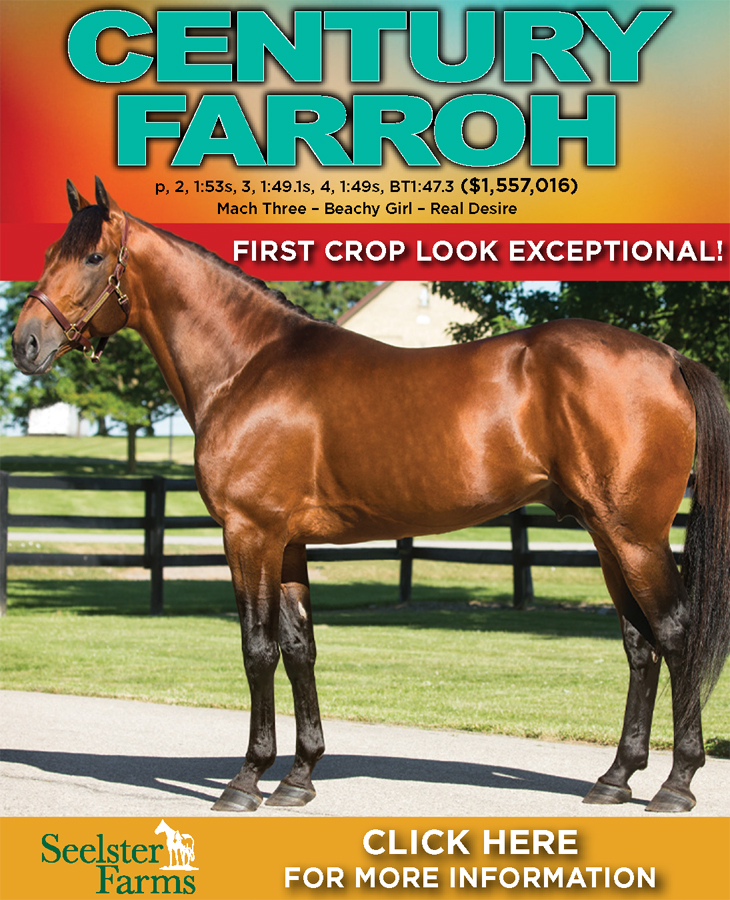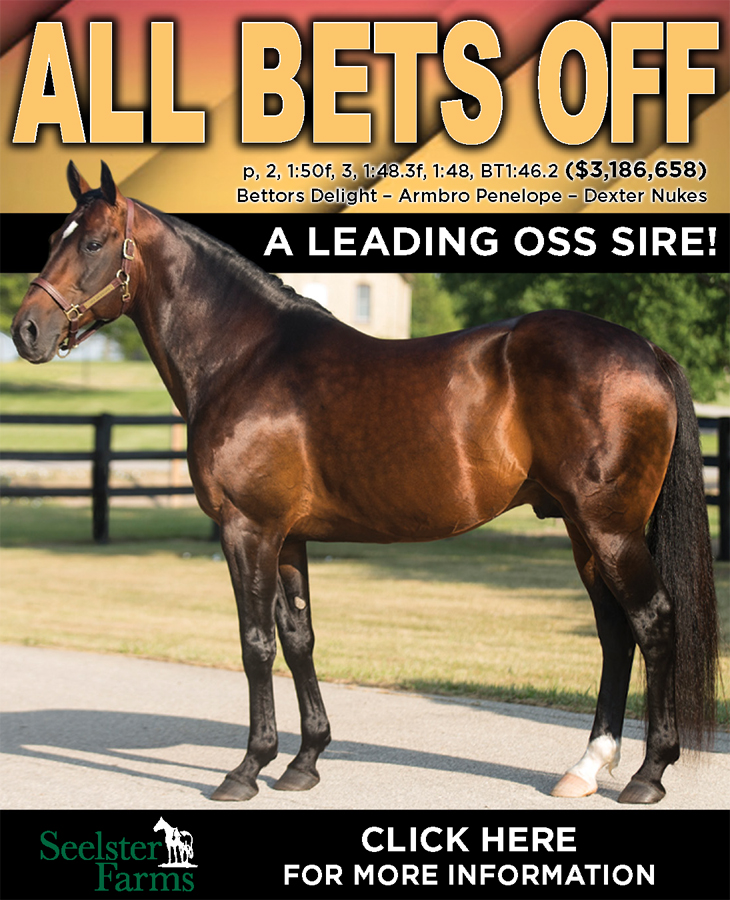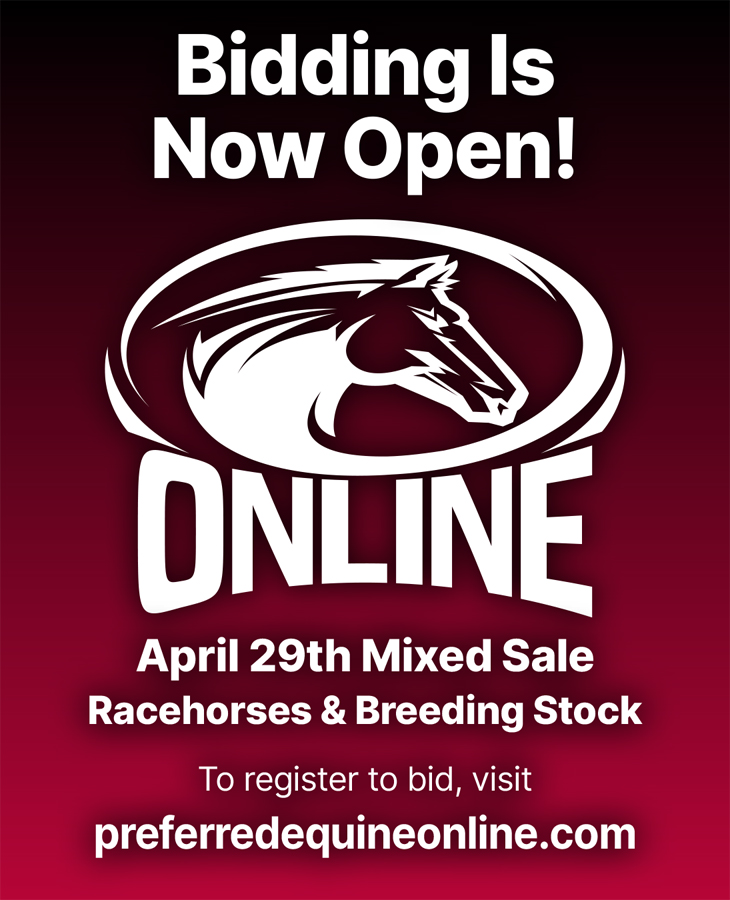

A rarity in recent simulcast observations
by Brett Sturman
This first racing week of the new year brought with it something you don’t often see as part of a harness race, a driver’s objection. Inquiries for something other than a pylon or breaking violation are rare enough, but whenever there is a review for interference, it’s almost always initiated by the judges.
But in race 10 at Northfield Park this past Wednesday (Jan. 3), a driver’s objection was filed against Very Smart driven by Aaron Merriman, who had finished second. After a lengthy review approaching 10 minutes, judges did not alter the placings.
I remember years ago, driver Marcus Miller said in a tweet that drivers rarely file objections because they can never win them, adding that he’s tried a few times prior where an infraction was obvious, and each time it was disallowed. To that point, if there was ever a time where an objection would lead to a result being overturned, this Northfield race would have seemingly been it.
In the race, going up the backstretch for the second time, Merriman who was sitting third at the time, moved off the rail into the two-path. In the process, it at least gave the appearance that he pushed Seal Sniper from the two-path into the three-path. I thought for sure that’s where the objection would have come from, but interestingly, it was announced that the objection was actually lodged by the driver of Upfront Stone, who as confusion ensued, found himself about four-wide.
The main issue, and something that almost all tracks need to vastly improve at, is giving the public an idea of what the judges are looking at. The Meadowlands, and Woodbine Mohawk Park, and I’m sure there are a couple others, show various camera angles during a judges review of a race. But in this example from Northfield, all the public saw was a static graphic that indicated there was an objection, without showing a single replay of any view whatsoever that judges were looking at. In a race where the total handle was $163,208, how can the public not be informed as to what is going to lead to a final decision, one way or the other?
In any other sport the public will get 75 different slow motion camera angles that show precisely what a referee is looking at. So, for the wagering public in a harness race to not be given the slightest indication as to what is being reviewed is totally unacceptable. Even if it’s true and that the judges simply won’t overturn a result if they didn’t initiate the review themselves, everyone should be entitled to see all available angles of the race review. What is shown during a judge’s review of a race should be made a standard across all jurisdictions and tracks.
Speaking of another thing that should be universal, is how tracks handle this relatively new concept of a “countdown clock” to assist with post time drag. The idea is that as tracks display post time as 0 minutes even when actual post time may not be for another 10 or more minutes, a countdown clock graphic has been installed at many tracks to essentially say that now we really do mean it and post time is coming soon.
But, with each track operating as its own fiefdom, they all treat it vastly differently. For example, The Meadowlands starts its countdown at 180 seconds while others start it at 60 seconds. For some tracks, 60 seconds means time until the gate starts rolling, at others, 60 seconds means until the actual start of the race. Sometimes 60 seconds means nothing, and horses mull around for a little more after. Some tracks don’t use it at all.
If we come to accept post drag as something that’s not going away, the countdown clock isn’t an awful idea if it’s consistent. However, unless you are intimately familiar with each track’s post time process, it’s easy to miss the start of the race. Because of the disproportionate amount of late money that comes into the pools and how it affects the odds, being able to know the specific seconds when a race will go off can be critical. Short of having to come up with a players guide to each track’s countdown clock logic, what if all tracks could universally agree on how the leadup to start of their races is conveyed?
Tying in with the last second starts of races is the hot topic of Computer Assisted Wagering (CAW). Sometimes wild, final-flash changes to the odds are often attributed to CAWs, where a high volume of wagers is placed in the final seconds based on where system algorithms believe there is an edge in the odds.
If that’s not bad enough for your standard horse player, it’s compounded in harness racing by the visual of where horses either have their nose on the starting gate ready to go, or adversely, if a horse is gapped off the gate. At Woodbine Mohawk Park for example, there’s a terrific side camera angle heading into the stretch to start the race that perfectly shows the alignment of all horses.
In an example from Friday (Jan. 5), a horse from post 10 in race number 10 was shown at odds of 7-2 seconds before the start of the race. From the camera angle, not only was the 10’s nose right on the gate, but the two horses immediately to the left of him were both off the gate by a length. On the final odds, that same horse was 5-2.
The CAWs are one thing. Even though they absolutely do drive late odds swings, you can debate how accurate their models actually are. But it’s another to have to either pay a premium in odds if your horse is on the gate or have a horse with inflated odds but out of position. A consistent approach across all tracks to determine exactly when wagering stops would solve both issues.














